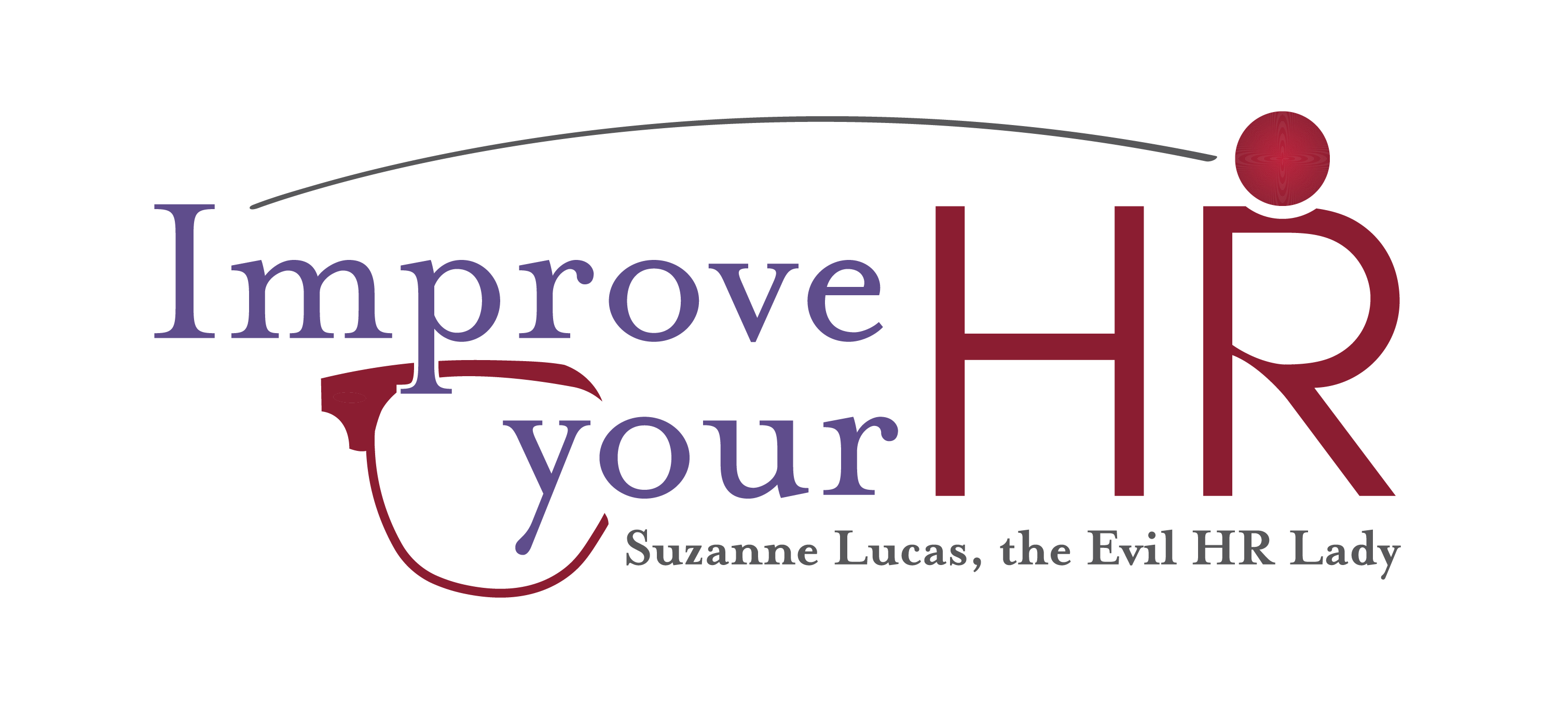Dale Kleber was 58 when he applied for a legal position at CareFusion Corp, a unit of medical device maker Becton Dickinson and Co. The company opted not to even interview him, and hired a person with fewer qualifications–who happened to be 29.
Kleber sued under the Age Discrimination in Employment Act of 1967 (ADEA), which protects employees over the age of 40. The 7th Circuit rejected his claim saying that the “plain language” of ADEA showed that Congress meant for it to cover only current employees, not candidates, in the case of disparate impact.
When we talk about age discrimination, it often gets lumped together with race and gender discrimination, but they come from two different laws. Race and gender are protected under Title VII of the Civil Rights Act and age discrimination is not.
To keep reading, click here: 7th Circuit Court: Age Discrimination in Hiring is Legal

AARP is lobbying Congress for legislation making age discrimination comparable to discrimination on other bases, such as race, gender, etc. Right now, those complaining of age discrimination have a heavier legal burden in proving their cases — age has to be the “but-for,” or primary, reason for the complained-of action, and not just one of the factors — and non-pecuniary (AKA “pain and suffering”) damages are not available, making it harder to find attorneys willing to take on such cases. If it’s not already in there, they will want to add this issue — that only employees, and not applicants, are protected from disparate impact discrimination — to their initiative. Discrimination in hiring is a huge problem for those age 40 and above.
I see far more age discrimination than any other type of discrimination.It affects all races and genders. (Of course, the fact that I see it more may be indicative that my readers tend to be older.)
|I hope that AARP adds this to their lobbying and that Congress acts. Not holding my breath though.
Great post. It really makes the ADEA easy digest for an employment law beginner.
CONGRESSIONAL STATEMENT OF FINDINGS AND PURPOSE
SEC. 621. [Section 2]
(a) The Congress hereby finds and declares that-
(1) in the face of rising productivity and affluence, older workers find themselves disadvantaged in their efforts to retain employment, and especially to regain employment when displaced from jobs;
SEC. 623. [Section 4]
(a) Employer practices
It shall be unlawful for an employer-
(1) to fail or refuse to hire or to discharge any individual or otherwise discriminate against any individual with respect to his compensation, terms, conditions, or privileges of employment, because of such individual’s age;
How does this verbiage not apply towards candidates for hire? The intent by congress is not clear in only current employment. I certainly hope for an amendment to ADEA or to include age in Title VII.
There is a separate section of the ADEA that applies to disparate impact situations, in which the 7th Circuit construes “individual” to refer only to employees and not to applicants.
Somewhat confusing
I was under the impression that ADEA protected current employees as well as candidates from age discrimination.
Everybody was! I certainly was. The lawyers I consulted with were. This is out of the blue.
ADEA still protects applicants over the age of 40 but the plaintiff has the burden of proof to prove the hiring decision was based on malice and he also has to prove that the pool of other applicants over 40 are rejected at more than an 80 percent rate. This would prove disparate impact. Age discrimination laws has more tiers than race, disability and gender discrimination law. Unfortunately, the plaintiff was not able to provide evidence of disparate impact. Although the company has over 4,000 employees there might have not been enough employees within the legal department (that he was applying to) to determine that age discrimination occurred. Since the position had a 7 year cap an applicant can be any age to qualify for that position. In addition the defendant can also come up with a defense stating that the salary that they are willing to offer a Senior Attorney was above what the plaintiff was asking for. Unfortunately, the preponderance of evidence would support the defendant in this case. The ADEA still protects applicants over age 40 if the plaintiff can prove disparate impact. Please see link below:
https://www.eeoc.gov/laws/regulations/adea_rfoa_qa_final_rule.cfm
Age is just one of many kinds of discrimination that is so hard to prove that a law banning it is simply futile — unless we enact the German unemployment law, in which a government board reviews every decision not to hire someone.
I believe the Germans have it right.
Reviewing every case wouldn’t make a difference, so long as the legal standards are so difficult that it is difficult — to impossible — to prevail.
A government board does not review every decision not to hire in Germany.
That must be a large board if they are reviewing every hiring decision in the entire country!